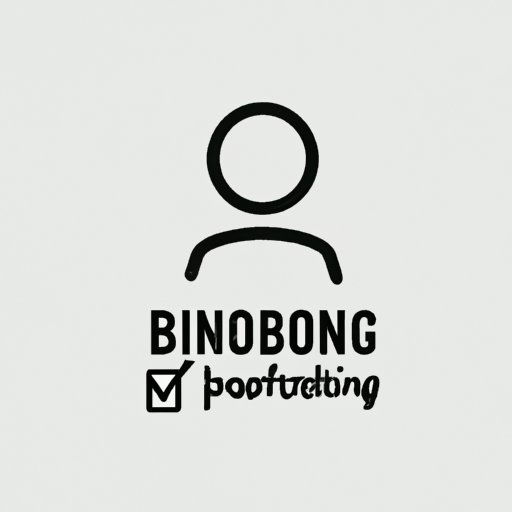I. Introduction
Onboarding is a critical process for any organization that hires new employees. It’s more than just filling out paperwork and introducing new hires to their colleagues – it’s about setting them up for success and helping them become productive members of your team as quickly as possible. In this article, we’ll explore what onboarding is, why it’s important, and how to design an effective program that maximizes your investment and jumpstarts your company culture.
II. Starting Off Strong: A Guide to Onboarding Your New Employees
Starting off strong is about planning ahead and ensuring that your new employees have everything they need to hit the ground running. This includes completing paperwork and setting up equipment and systems before they start.
Designing an effective orientation program is also key. It’s important to cover the basics of your organization, such as its history, mission, and values, as well as the specific job duties and expectations of the new hire. Providing opportunities for the new hire to meet with colleagues and ask questions can help them feel more at ease and connected to the organization.
Finally, providing ongoing support and feedback during the first day and week can help set the tone for a successful onboarding experience.
III. The Importance of Onboarding: Setting Your Team Up for Success
The benefits of a good onboarding process are numerous. It can lead to increased retention rates, higher productivity, and improved employee engagement and morale. In addition, onboarding is an important component of talent management, along with training and development.
Research has shown that employees who go through a structured onboarding process are more likely to feel engaged in their work and committed to their organization. This, in turn, can lead to increased job satisfaction, stronger team dynamics, and higher levels of customer satisfaction.
IV. Maximizing Your New Hire Investment with Effective Onboarding Techniques
Effective onboarding is about more than just filling out paperwork and completing orientation activities. It involves providing clear expectations, ongoing feedback, and support to ensure that new hires are successful in their new roles.
Measuring the success and return on investment of onboarding is also important. This can be done through various metrics, such as employee retention rates, productivity levels, and customer satisfaction scores.
Examples of best practices from leading companies include pre-boarding activities, such as sending welcome messages and providing access to online resources, as well as ongoing check-ins and mentoring opportunities.
V. Jumpstarting Your Company Culture with Comprehensive Onboarding Strategies
Onboarding can play an important role in shaping your company culture and values. By aligning your orientation program with your organization’s goals and values, you can ensure that new hires are immersed in your culture from day one.
There are different approaches to onboarding, such as job shadowing, mentorship, and interactive training sessions. Providing opportunities for new hires to meet with key stakeholders and learn more about the organization’s history and mission can also be beneficial.
Aligning your onboarding program with your company culture and values can help ensure that new hires feel empowered to contribute to the organization and make a positive impact from the start.
VI. The Dos and Don’ts of Onboarding: Best Practices for a Smooth Transition
While onboarding can be a powerful tool for setting your team up for success, it’s important to avoid common mistakes and pitfalls that can derail the process. These include failing to communicate expectations clearly, overloading new hires with information, and neglecting to provide ongoing feedback and support.
Strategies for avoiding or fixing these issues include setting realistic goals and expectations for the onboarding process, providing ongoing check-ins and support, and being flexible and responsive to the new hire’s needs.
Building continuous improvement and feedback into your onboarding program can also help ensure that it remains effective and relevant over time.
VII. Conclusion
In conclusion, onboarding is a critical process for setting your new employees up for success and jumpstarting your company culture. By designing an effective onboarding program that aligns with your organization’s goals and values, you can maximize your investment in talent and set the stage for long-term success.
If you’re looking for resources to help you design or improve your organization’s onboarding program, there are many tools and templates available online. By committing to an effective onboarding process, you can ensure that your new employees feel supported, motivated, and eager to contribute to your organization.
